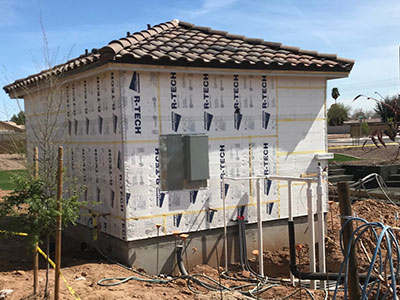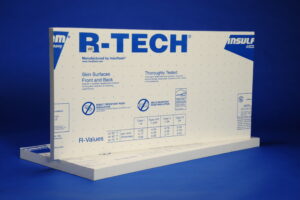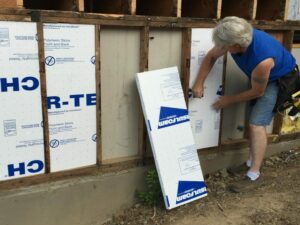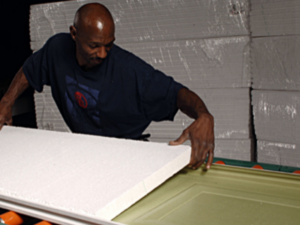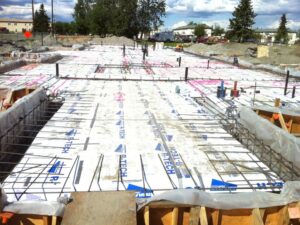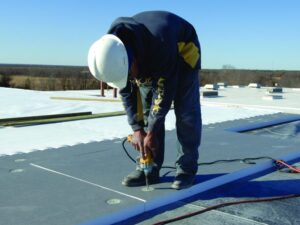Your Top 4 Questions About EPS Wall Insulation, Answered
A high-caliber insulation intended for a variety of applications, residential building professionals and do-it-yourselfers can turn to expanded polystyrene (EPS) for exterior, interior and cavity walls, as well as continuous insulation (ci) sheathing.
With its stable thermal performance and premium physical properties, employing EPS wall insulation across the building envelope can be an incredibly effective way to insulate new and retrofit residential projects. In doing so, homeowners will be able to optimize their home’s energy consumption and keep their monthly utility costs in check.
Knowing any well-executed project begins with diligent research, our insulation experts address some of the most commonly asked questions about wall insulation below.
Q: Should I use faced or unfaced wall insulation?
A: “Facing” is a layer attached to the insulation material that can act as a vapor retarder when properly installed with sealed joints to prevent moisture from seeping across the walls and throughout the building envelope. Typically, faced insulation is ideal for moisture-prone applications such as walls and basements. If you work in a wet and humid climate, local building codes may mandate faced insulation in areas where no insulation is present.
Wall insulation being “unfaced” doesn’t necessarily means it’s a poor choice; it only means ensuring it’s the right product for your project. Unfaced insulation lacks a vapor retarder, meaning it’s designed to allow a wall to breath and provide additional insulation. Many wall applications—inside or out—add unfaced EPS insulation. To underscore this practice, building science is leaning towards allowing a wall to breath (depending on its environment and design).
Q: Can wall insulation go directly under dry wall?
A: Yes! Drywall is a common finish material that can be applied directly over EPS wall insulation products.
Q: What R-value do I need for wall insulation?
A: In general, the higher an insulation material’s R-value, the better the product is at resisting the flow of heat. That said, your region will largely dictate what your project’s insulation value should be. Look to the Department of Energy’s website to determine the appropriate R-value for your project.
Q: How can EPS be fastened to a wall?
A: The ease in which EPS products can be installed across a building envelope makes it possible for residential building professionals and do-it-yourselfers to dramatically upgrade a home’s insulating power. EPS products, such as our R-TECH Insulation Panels, can be cut with common household tools such as a razor knife or reciprocating saw. Pre-cut panels of EPS wall insulation can be installed using screws, cap nails, adhesives, or 1-inch staples. For additional information on the straightforward install process, watch our online installation tutorials.
Find answers to all of your residential wall insulation questions at www.insulfoam.com/residential-home-wall-insulation/.

